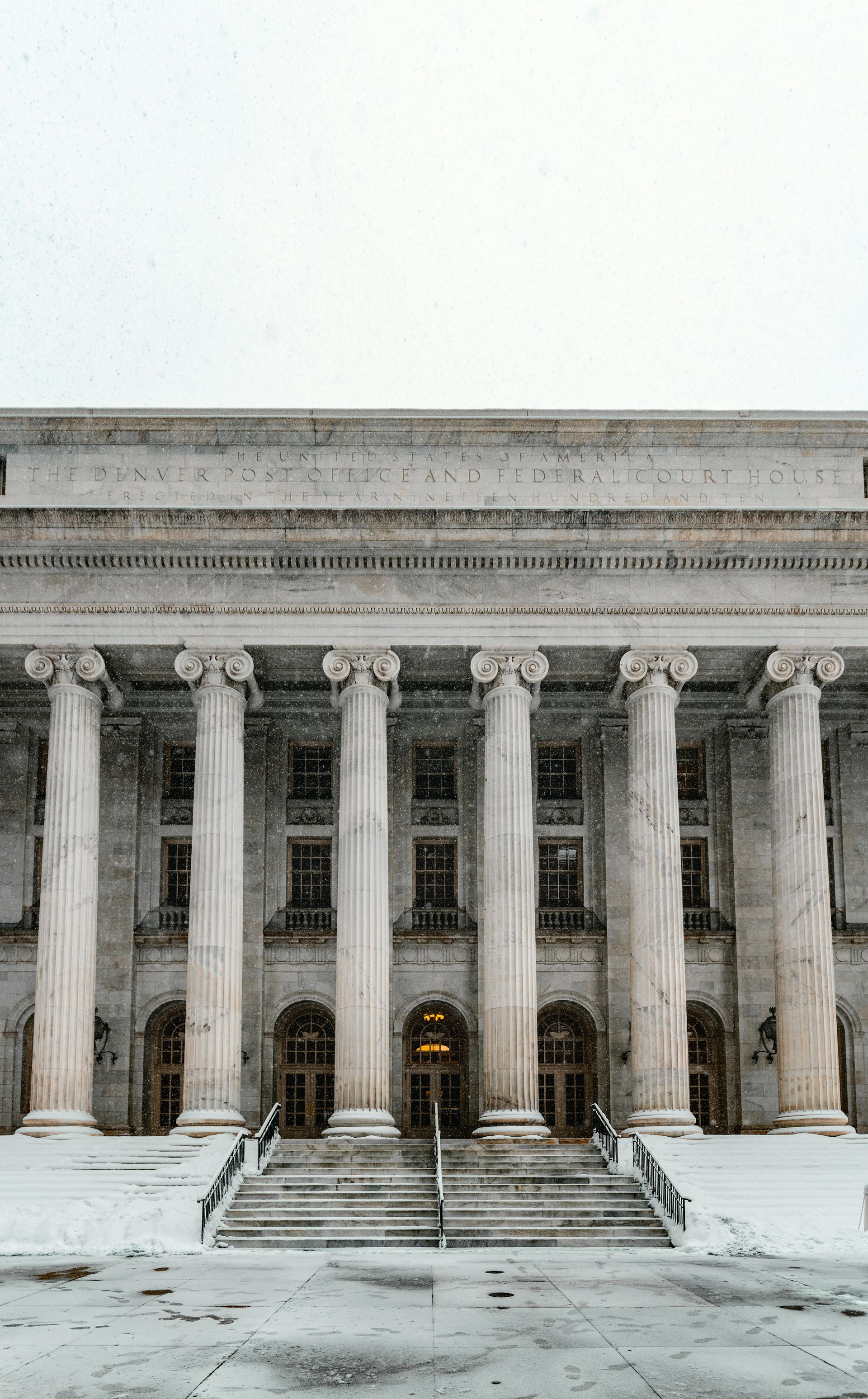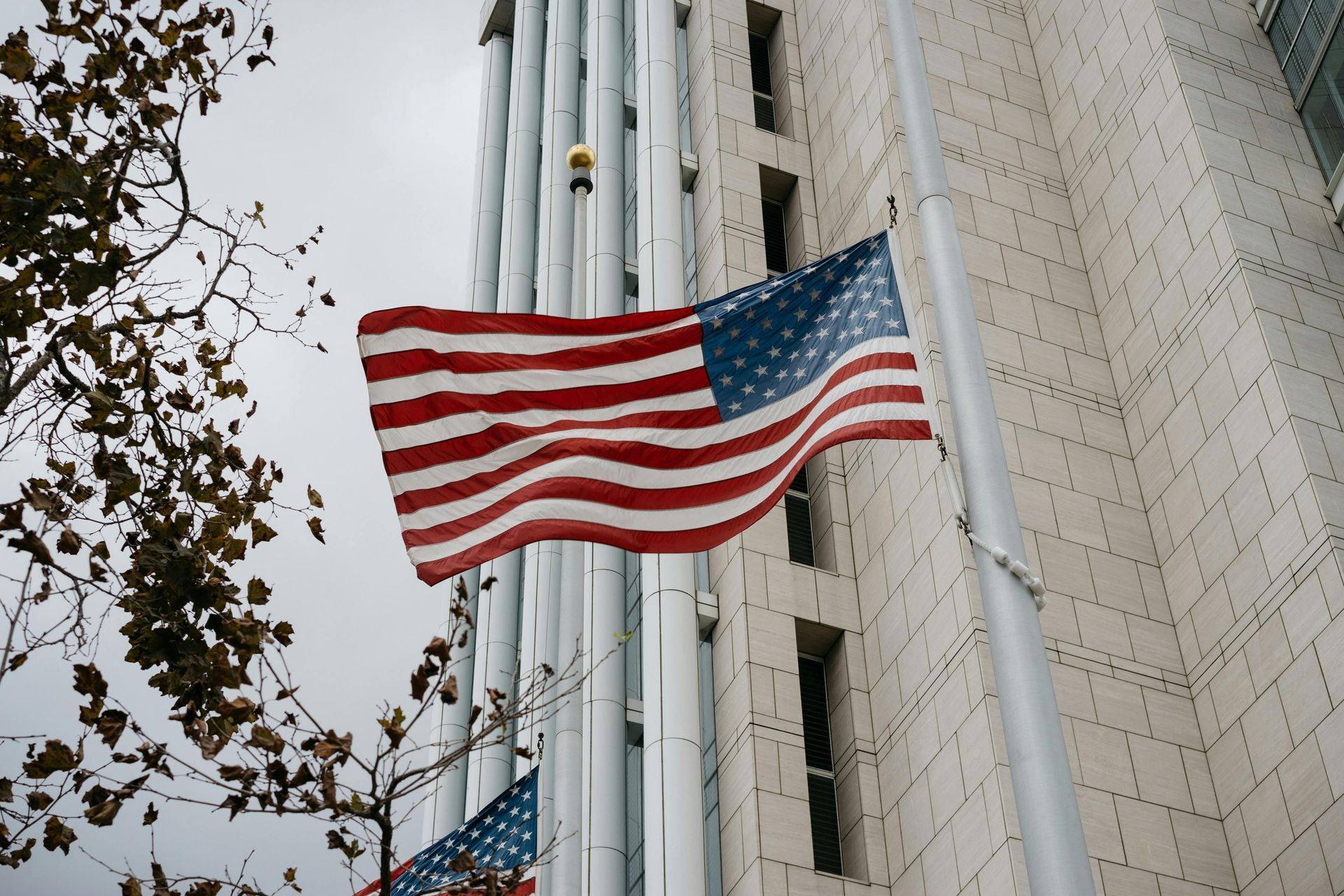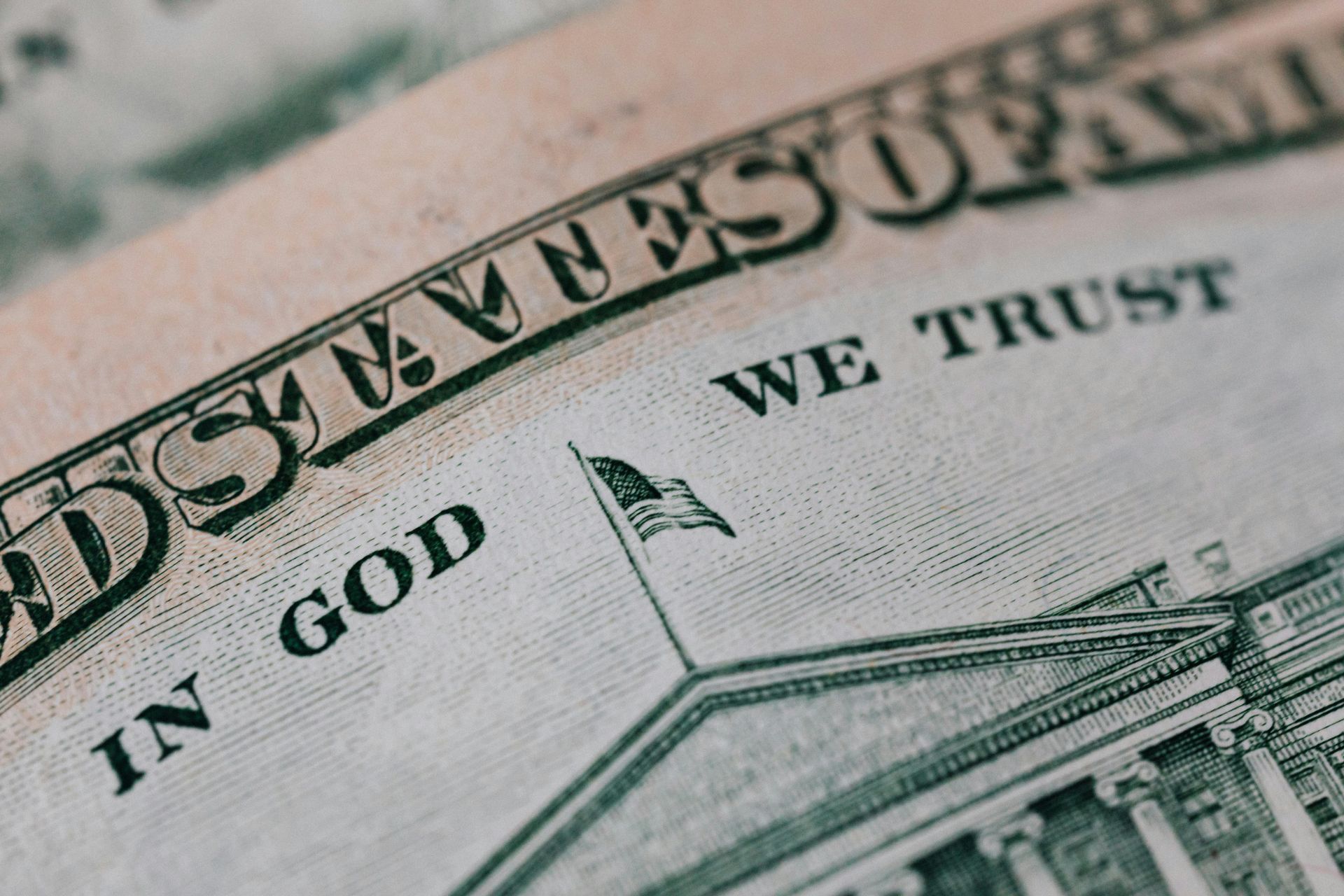objectwire.org
SpaceX's Super Heavy Booster Mechazilla Capable of Reshaping Future of Space Travel.
Spacex's Ambitious Rocket Recovery Method | Super Heavy
: A Masterpiece of Spacecraft Engineering, Aims to Transform the Realm of Space Travel.
SpaceX's pursuit of revolutionizing space travel is marked by its commitment to reusability, a concept that substantially lowers the cost of access to space. Among its innovative initiatives, the ambitious rocket recovery strategy involving "Mechazilla" stands out. SpaceX envisions catching the Super Heavy booster using the towering multi-armed launch structure dubbed "Mechazilla."
How big is the Super Heavy, the First Reusable SpaceX Starship?
Standing at over 230 feet tall, the booster is powered by Raptor engines fueled by liquid methane and liquid oxygen, which make it one of the most powerful rockets ever constructed. The engines are designed to be reusable, drastically reducing the cost of space travel.
The Super Heavy launch system is a critical component in Elon Musk's vision to revolutionize space travel
Why is it called Mecazilla ?
This name pays homage to classic pop culture icons and hints at the structure's formidable capability: massive, robotic appendages capable of snagging the returning booster as it descends. Executing such a method promises to not only streamline the process of reusing rockets but also mitigate the risks and costs associated with refurbishment and recovery operations. Elon Musk, SpaceX's visionary founder, believes this approach will further accelerate the cadence of launches, a critical step towards achieving their long-term goals like Mars colonization.
A unique aspect of the Super Heavy launch system is its innovative recovery process known as "Mechazilla," a
concept that aims to catch the booster upon its return to Earth using an arm mechanism on the launch tower. This approach is groundbreaking ....
Super Heavy Powered by 33 Raptor Engines, Promising Unprecedented Performance.
Upon re-entry, the Super Heavy booster travels at high speeds and must be decelerated with precise control to ensure a safe and efficient capture. The engineering solution must account for dynamic variables such as atmospheric conditions and the booster’s trajectory.
Additionally, the mechanical structure of Mechazilla must be immensely strong yet flexible enough to absorb and dissipate the energy from the booster, which weighs several tons. This requires advanced materials and structural engineering techniques. Engineers must also develop reliable sensor systems to guide the booster accurately into Mechazilla’s grasp, ensuring that the mechanism can adjust dynamically to any deviations in path.
is the Elon Musk's mechazilla expensive & How Much does it cost?
Yes, incredibly.
To construct a fully-stacked Starship rocket, SpaceX is estimated to spend approximately $90 million. This breakdown includes $13 million for the structural elements, plumbing, tiles, and parts, $3 million for avionics, $39 million for the 39 Raptor engines, and $35 million for labor. Currently, SpaceX aims to lower the costs of a single fully reusable Starship rocket flight to under $10 million.
A Falcon 9 rocket's per-launch costs stand at about $62 million, while a Falcon Heavy rocket launch can cost more than $90 million.
Meanwhile, a launch via NASA's Space Launch System (SLS) is pegged to be more than $2 billion. >>> way more expensive
Innovations in automation and control systems are essential, providing real-time adjustments to the capture sequence. Each of these challenges underscores the pioneering nature of attempting to catch rockets, reflecting broader advancements within the aerospace industry aimed at enhancing reusability and sustainability in space exploration.
How tall is the Super Heavy Rocket ?
With a Height of 71 meters, Super Heavy is a Titan Among Rockets.
Engineering Challenges And Innovations In Catching Rockets
By capturing the booster mid-air, Mechazilla minimizes wear and tear, potentially increasing the lifespan of the rocket components. Furthermore, this method enhances safety by controlling the descent in a predictable manner, reducing risks associated with traditional landing methods. Mechazilla embodies SpaceX's commitment to pioneering new technologies in pursuit of sustainable and cost-effective space travel, a crucial step toward broader goals like colonizing Mars and exploring deeper regions of space.
Catching rockets represents a significant engineering challenge, particularly when considering the immense power and precision required for such an endeavor. The concept of Mechazilla, an innovative approach developed by SpaceX to catch the Super Heavy booster, underscores the ingenuity and complexity of modern aerospace engineering. The primary challenge involves designing a mechanism capable of withstanding the immense forces exerted during the booster’s descent.
As SpaceX continues to refine the Mechazilla concept, its success could serve as a model for other aerospace companies, accelerating humanity's expansion beyond Earth and altering the trajectory of space exploration for generations to come.
"Why SpaceX's Mechazilla Catch is One of Humanity's Greatest Space Achievements | YourStory." yourstory.com, 14. Oct. 2024, https://yourstory.com/2024/10/spacex-mechazilla-historic-starship-booster-catch. Accessed 15. Oct 2024.
"How SpaceX's rocket landing could pave the way for trips to Mars: Elon Musk predicts a 'sustainable city' could be built on the Red Planet by 2054 | Daily Mail Online." dailymail.co.uk, 14. Oct. 2024, https://www.dailymail.co.uk/sciencetech/article-13957035/SpaceX-rocket-Starship-Elon-Musk-Mars.html. Accessed 15. Oct 2024.
"SpaceX Achieves Historic Catch Of Starship Booster - The Pinnacle Gazette." evrimagaci.org, 15. Oct. 2024, https://evrimagaci.org/tpg/spacex-achieves-historic-catch-of-starship-booster-46062. Accessed 15. Oct 2024.
"GitHub - sourceduty/SpaceX_Starship: SpaceX Starship design information and concept notes.." github.com, 30. Mar. 2024, https://github.com/sourceduty/SpaceX_Starship. Accessed 15. Oct 2024.
"SpaceX's Mechazilla: Challenges and Opportunities in the Company's Master Plan | by SpaceInfo Club | Sep, 2024 | Medium." medium.com, 28. Sept. 2024, https://medium.com/@spaceinfo.club/spacexs-mechazilla-challenges-and-opportunities-in-the-company-s-master-plan-6f94ddc2e42d. Accessed 15. Oct 2024.
Mechazilla: From Stacking the World’s Biggest Rocket to Catching It Mid-Air pic.twitter.com/2S56rnpjQ4
— Salar Askari (@Salar__Askari) October 22, 2024
Why is Lil Jon is performing at the DNC? He's getting paid more than $100,000...
— @amuse (@amuse) August 21, 2024
h/t @TONYxTWO pic.twitter.com/yHQvsgUx9F



